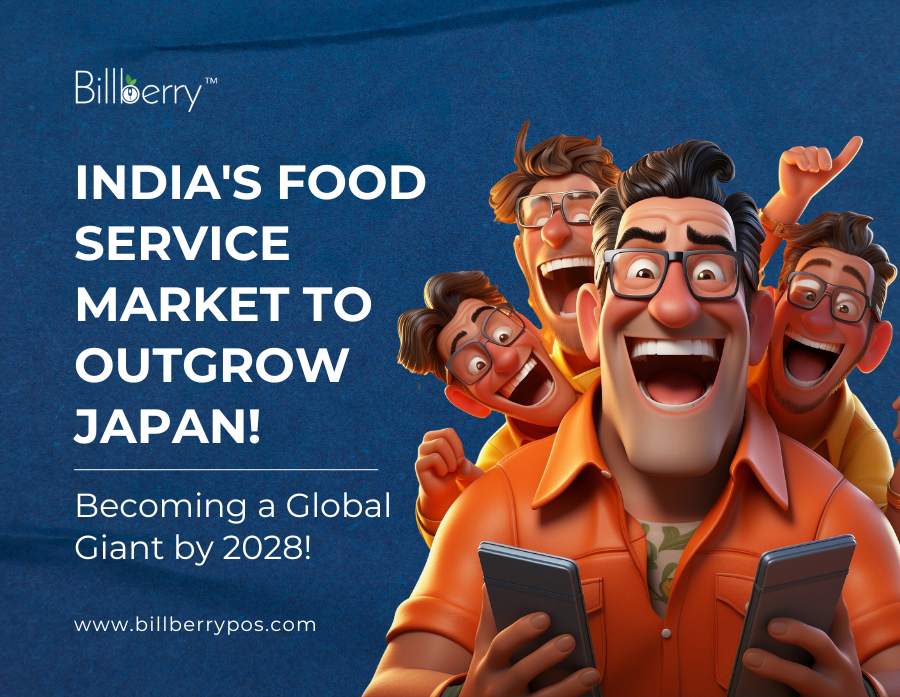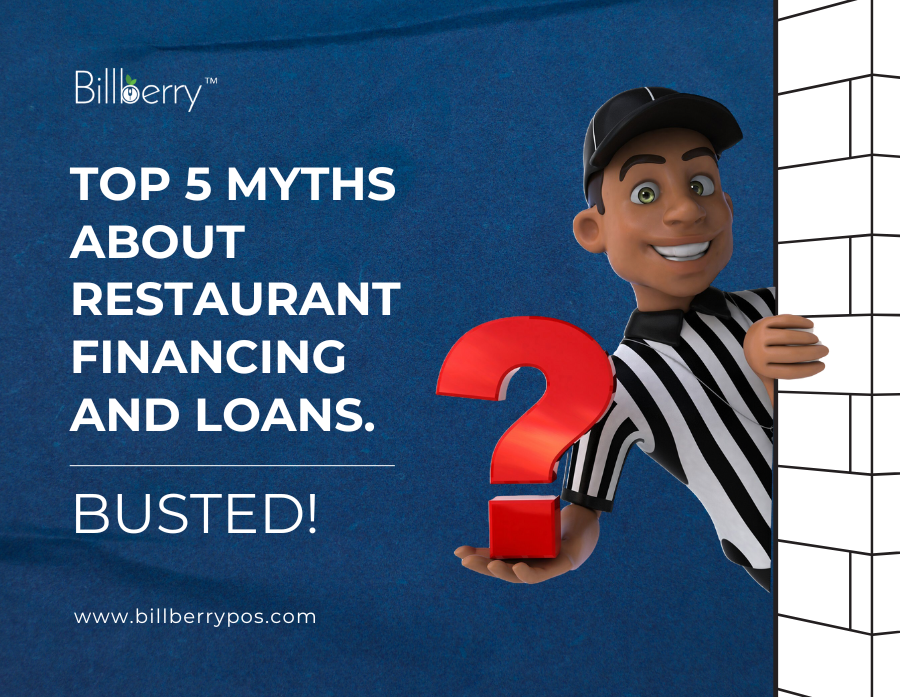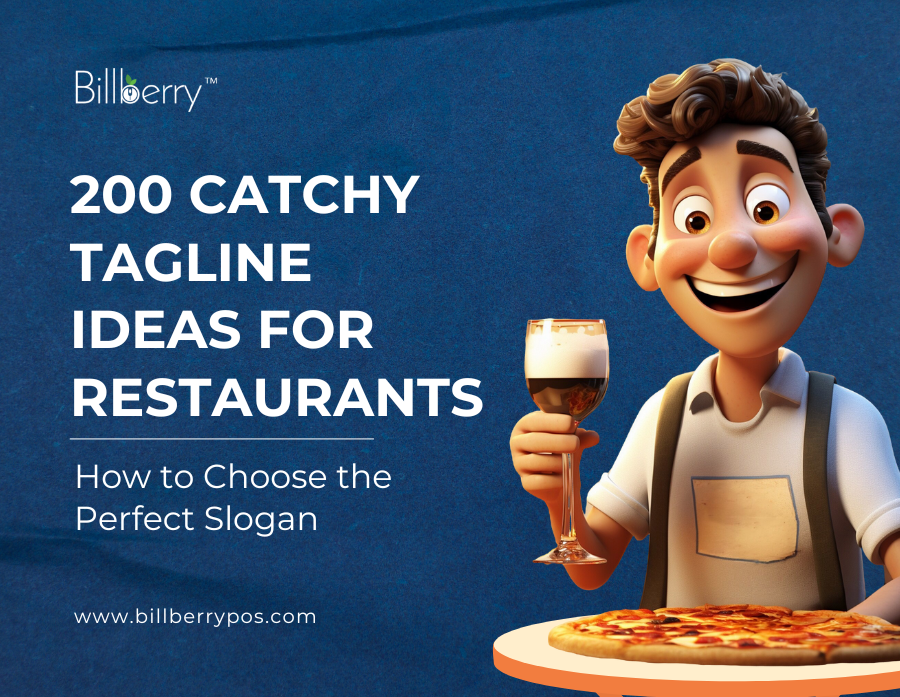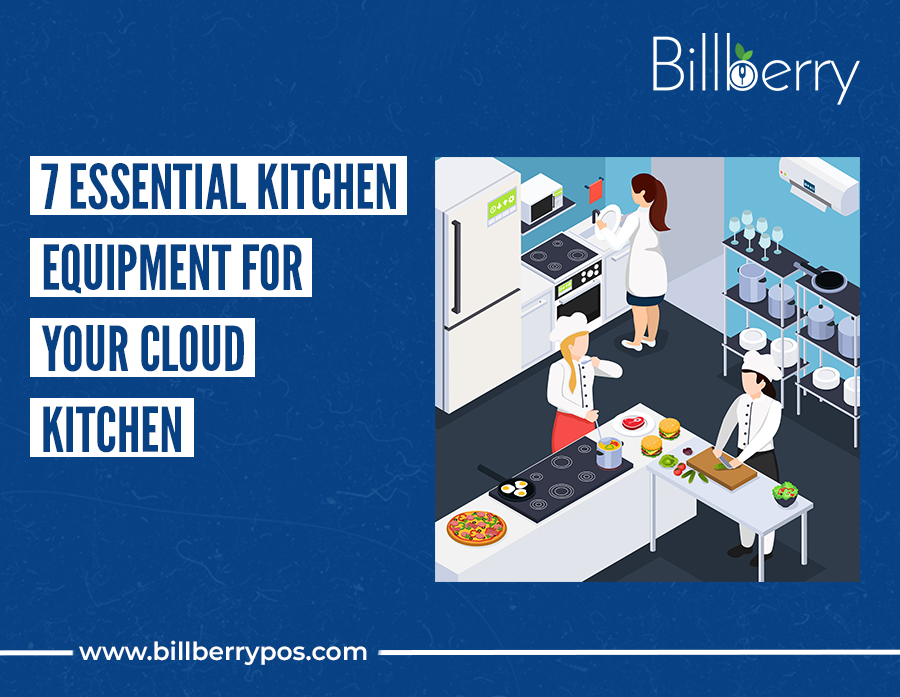India’s f&b market is set to outgrow Japan in terms of market size by 2028.
Specifically, India’s food service industry will surpass Japan to become the third-largest food service market globally, behind only the US and China. This growth is measured by the overall market value, which is projected to reach ₹7.76 trillion by 2028.
In contrast, Japan’s food service industry will be smaller than India’s in terms of revenue, despite Japan being a more developed market. Additionally, India is expected to be the second-fastest growing food service market globally, trailing only Brazil, further emphasizing its rapid expansion compared to Japan.
But how did we get here, and what does this explosive growth mean for the future?
The Beginning of a Culinary Boom
It wasn’t too long ago that eating out was an occasional treat for most Indians. But fast forward to today, and the landscape has changed dramatically. According to a report by the National Restaurant Association of India (NRAI), the food services market, currently valued at ₹5.7 trillion, is projected to skyrocket to ₹7.76 trillion by 2028. This represents a compounded annual growth rate (CAGR) of 8.1%, with the organized sector growing even faster at a CAGR of 13.2%.
What’s driving this growth?
The answer lies in the habits of the modern Indian consumer. Whether it’s the joy of dining out with friends, the convenience of ordering in, or the trend of trying new cuisines, Indians are eating out more frequently than ever before. Today, the average Indian dines out or orders in 7.9 times per month, compared to 6.6 times in 2019. And this number is only set to grow.
A Market Set to Surpass Giants
What’s fueling this boom?
It’s not just the increase in dining frequency but a broader shift in urban lifestyles. Rising incomes, urbanization, and changing eating habits are creating a perfect storm for growth. Whether it’s the busy professional grabbing a quick meal between meetings or families bonding over weekend dinners, India’s love for food is now driving the economy in unexpected ways.
But it’s not just the volume of meals being served; it’s the transformation within the market itself. The organized food service sector—which includes chain restaurants, cafes, and cloud kitchens—is expected to grow to 52.8% of the total market by 2028. This marks a sharp rise from the current 43.8%, while the unorganized segment, dominated by small, independent outlets, will shrink to 47.2% from 56.2%.
Cafes, Cloud Kitchens, and a New Era of Dining

One of the most exciting aspects of this growth is the rise of niche food segments. The NRAI report highlights that cafes, quick-service restaurants (QSRs), dessert parlors, and ice cream shops will be among the fastest-growing sectors. Cafes are expected to grow at an 18.6% CAGR, QSRs at 17.5%, and dessert/ice cream shops at 15%. These spaces are becoming more than just places to eat—they’re community hubs where people meet, work, and socialize.
And then there’s the rise of cloud kitchens. With more people ordering in than ever, these delivery-only operations are taking the food industry by storm, projected to grow at an astonishing CAGR of 35.2% by 2028. Cloud kitchens are revolutionizing the way we think about food service, providing a low-overhead, high-efficiency model that meets the needs of today’s fast-paced world.
Challenges on the Horizon
Of course, no growth comes without its challenges. Rising input costs, regulatory hurdles, and limited hours of operation have food service operators on their toes. Delivery dynamics, in particular, present a complex problem. As online ordering grows, restaurants and cloud kitchens alike are grappling with how to balance food quality with delivery logistics.
Industry leaders have started pushing for solutions to ease these challenges. They are calling for industry status to be granted to the food services sector, the creation of a separate food services ministry, the implementation of “One Nation, One Norm” regulations, and the allowance for longer operating hours to meet the increasing demand.
The Road Ahead: Bigger, Better, and More Delicious
As India’s food service market continues its incredible growth, the journey ahead looks bigger, better, and more delicious than ever. This boom isn’t just a matter of statistics; it represents a cultural shift in how we eat, work, and connect with others. Whether you’re a consumer enjoying more dining options or an entrepreneur looking for opportunities in this thriving industry, the road ahead holds immense potential.
Beyond the Numbers, the impact is deeply personal. This market surge means more choices, better quality, and greater convenience for every Indian consumer. And it’s not just about business growth—it’s about creating a dining experience that’s as accessible in a small town as it is in a big city. The millions of jobs created will shape lives and contribute to the economy in profound ways, affecting how we live, work, and interact with food every day.
A Taste of Tomorrow
In a world where dining habits are rapidly evolving, India’s food service market is set to lead the way. With growth rates outpacing many of the world’s largest economies, this is more than just a business story—it’s a cultural revolution.
So the next time you sit down to order from your favorite cloud kitchen or visit your local café, know that you’re part of a much bigger story. The future of India’s food service industry is being written one meal at a time—and it’s a story that’s only going to get more delicious.
Data Source: National Restaurant Association of India (NRAI) Report
Get your FREE DEMO for the best POS System Today- Billberry POS

























